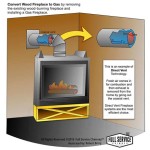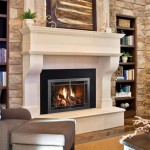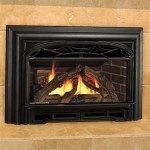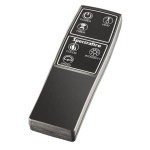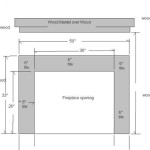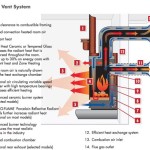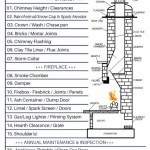Understanding Vermont Castings Natural Gas Fireplace Pilot Light
Vermont Castings natural gas fireplaces are known for their efficiency, beauty, and warmth, adding a touch of elegance and comfort to any home. A key component of these fireplaces is the pilot light, a small flame responsible for igniting the main burner and providing a constant source of heat. Understanding the pilot light is crucial for ensuring your Vermont Castings fireplace functions correctly and safely.
The Role of the Pilot Light
The pilot light serves as the initial spark for the main burner in a gas fireplace. When you turn on the fireplace, the pilot light ignites the gas flowing to the main burner, creating the larger flame that heats your home. This process is automated, with a thermostat monitoring the room temperature and adjusting the gas flow to maintain the desired warmth. By ensuring the pilot light stays lit, you guarantee a continuous and efficient heating source.
Troubleshooting a Vermont Castings Pilot Light
Occasionally, the pilot light on a Vermont Castings natural gas fireplace may go out, requiring troubleshooting. This could be due to several factors, including:
- Low gas pressure: If the gas pressure is insufficient, the pilot light may not have enough energy to stay lit.
- Clogged pilot orifice: The small hole where the gas flows out to the pilot light can become clogged with dirt or debris, hindering gas flow.
- Faulty thermocouple: This safety device senses the pilot flame and cuts off gas flow if it goes out. A faulty thermocouple might fail to detect the pilot flame, causing it to shut off prematurely.
- Loose or corroded wiring: The wiring connecting the pilot light to the control system can become loose or corroded over time, disrupting the electrical circuit and causing the pilot light to go out.
Steps to Relight a Vermont Castings Pilot Light
If your Vermont Castings fireplace pilot light is out, follow these steps to relight it:
- Locate the pilot light: Find the pilot light, usually situated near the bottom of the fireplace, often in a small metal housing or near the burner.
- Check the gas valve: Make sure the gas valve is turned off before attempting to relight the pilot light. This is a critical safety precaution.
- Locate the pilot control knob: The pilot control knob might be labeled as "pilot" or "ignition" and is typically located near the main gas valve.
- Push and hold the pilot control knob: Press and hold the pilot control knob down, keeping it depressed for at least 30 seconds. This will allow gas to flow to the pilot light.
- Light the pilot light: Use a long-handled lighter or match to light the pilot light. If the pilot light is successfully lit, it should remain lit even after you release the pilot control knob.
- Ensure the flame is stable: Once the pilot light is lit, check that the flame is stable and burning consistently. A flickering or unsteady flame may signal a gas pressure issue or a clogged pilot orifice.
- Turn the gas valve on: After confirming the pilot light is stable, cautiously turn the gas valve back on. This will allow the main burner to ignite and begin heating the fireplace.
If you are unable to relight the pilot light after following these steps, or if the problem persists, it is essential to contact a qualified service technician. They can diagnose the issue and perform any necessary repairs to ensure your fireplace is functioning correctly and safely.
Safety Precautions
When working with a natural gas fireplace, it is crucial to prioritize safety:
- Always turn off the gas valve before attempting to relight the pilot light.
- Never use a lighter or match with an open flame near the fireplace when the gas valve is turned on.
- Be cautious when working near the pilot light, as the flame is small and can be easily missed.
- If you smell gas, immediately turn off the gas valve and evacuate the area.
- Contact a qualified service technician for any repairs or adjustments to the fireplace.
By understanding the role of the pilot light, following the proper steps to relight it, and observing safety precautions, you can enjoy the warmth and beauty of your Vermont Castings natural gas fireplace for years to come. Remember to consult your fireplace manual for specific instructions and safety guidelines regarding your model.
Vermont Castings Pilot Problem Hearth Com Forums Home

How To Light Pilot On Gas Fireplace

Majestic Vermont Castings Dv360 Pilot Light Issue Doityourself Com Community Forums

Vermont Castings Radiance

Vermont Castings Radiance Direct Vent Gas Stove

How To Light A Pilot

Propane Gas Log Manual Control Pilot Light Assembly Fine S

Gas Stoves Heat N Sweep
Vermont Castings Rnv40 Lp Pilot Goes Out When After Turning Knob To On Hearth Com Forums Home

Vermont Castings Radiance Direct Vent Gas Stove Inseason Fireplaces Stoves Grills Rochester Ny
Related Posts


